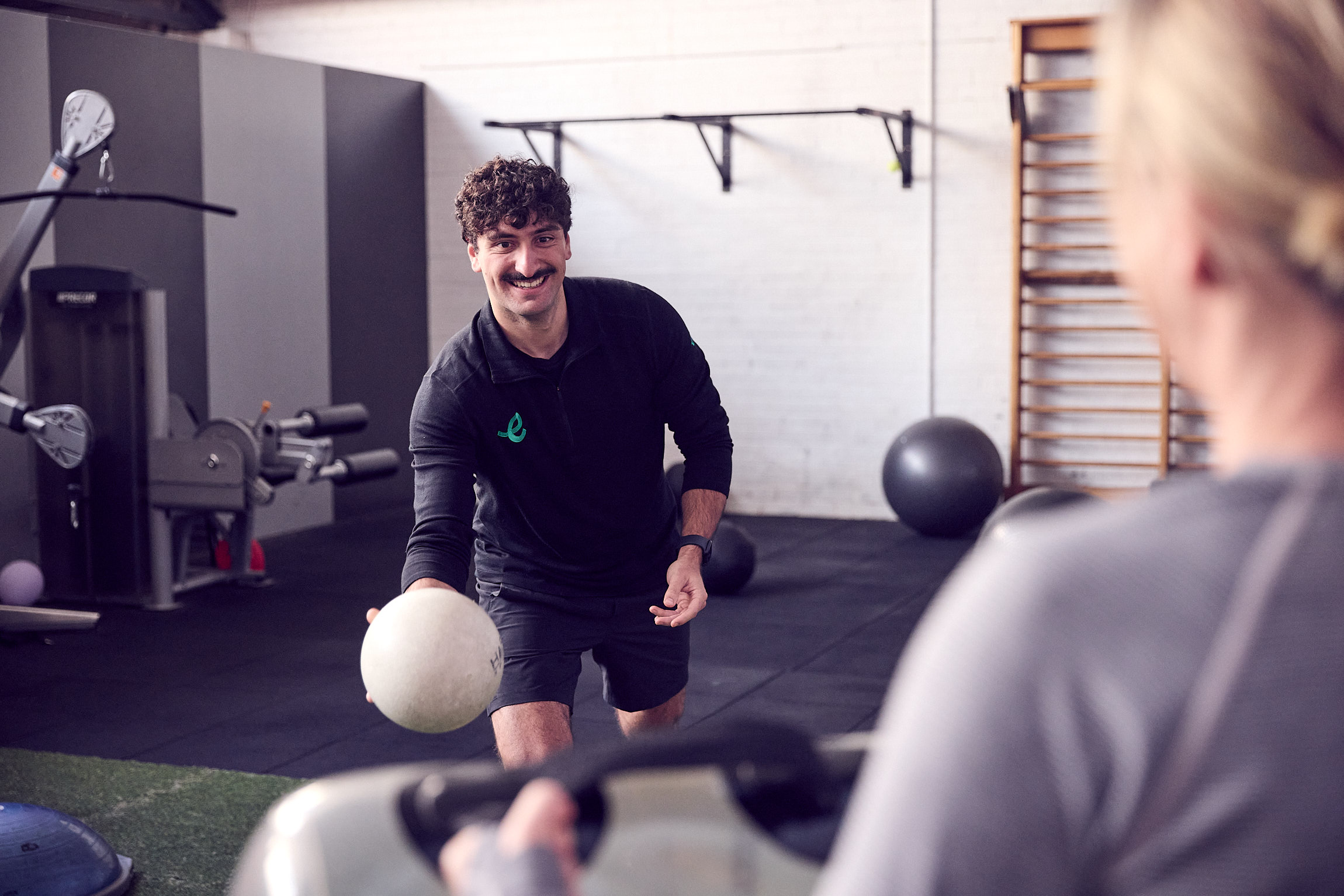As we age, maintaining a healthy weight becomes more complex—shifting from a focus on simple weight loss to a holistic approach that prioritizes functional health, comorbidity management, and harm reduction. While exercise for older adults remains a cornerstone of well-being, it must be carefully integrated with nutrition and medical oversight to ensure safety and long-term benefits.
In this article, we’ll explore:
✔ Why weight management in older adults requires a different approach
✔ The role of exercise in preserving muscle and bone health
✔ How to balance weight loss with functional fitness
✔ Key considerations for safe and effective workouts
Why Weight Management for Older Adults is Different
Unlike younger individuals, older adults face unique challenges when managing weight:
– Increased medical complexity – Over 50% of older adults have three or more chronic conditions, requiring coordinated care.
– Polypharmacy risks – Many seniors take multiple medications, some of which can contribute to weight gain or require dose adjustments during weight loss.
– Muscle and bone loss – Aging naturally leads to sarcopenia (muscle loss) and osteoporosis (bone density decline), making rapid weight loss potentially harmful.
Key Takeaway: Weight management for older adults should focus on improving function, reducing obesity-related complications, and minimizing risks—not just shedding kilos.
—
The Role of Exercise for Older Adults in Healthy Weight Management
Exercise is essential for maintaining strength, mobility, and metabolic health. However, the **type and intensity** of workouts must be carefully chosen to prevent injury and preserve muscle mass.
1. Strength Training: Protecting Muscle Mass
Sarcopenia accelerates with age, but resistance training can help counteract muscle loss. Studies show that combining high-protein diets (1.1 g/kg/day) with strength training preserves lean mass during weight loss.
Best Exercises:
– Bodyweight squats (with support if needed)
– Resistance band rows
– Seated leg lifts
– Light dumbbell curls
2. Balance & Mobility Work: Preventing Falls
Falls are a leading cause of injury in seniors. Incorporating balance exercises improves stability and confidence.
Try These:
– Heel-to-toe walking
– Single-leg stands (with a chair for support)
– Tai Chi or gentle yoga
3. Low-Impact Cardio: Supporting Heart Health
Walking, swimming, and cycling help maintain cardiovascular fitness without excessive joint strain.
Recommendations:
– 30 minutes of daily walking (broken into shorter sessions if needed)
– Water aerobics (ideal for arthritis or joint pain)
4. Flexibility & Stretching: Maintaining Range of Motion
Stiff joints can limit mobility. Daily stretching keeps muscles and tendons supple.
Simple Stretches:
– Seated hamstring stretch
– Shoulder rolls
– Neck and back stretches
—
Nutrition & Exercise: A Winning Combo for Healthy Aging
Weight loss in older adults should never sacrifice muscle or bone health. Key strategies include:
✅ Higher protein intake (≥1.1 g/kg/day) to preserve lean mass
✅ Vitamin D & calcium-rich foods to support bone density
✅ Hydration to prevent dizziness and fatigue
Caution: Rapid weight loss can lead to muscle wasting or bone fractures. Aim for slow, sustainable progress (0.25–0.5 kg per week).
—
Safety First: Exercise Tips for Older Adults
Before starting any fitness routine:
✅ Consult a doctor – Especially if managing chronic conditions.
✅ Monitor medications – Some drugs (like blood pressure meds) may need adjustment with weight loss.
✅ Start slow – Gradually increase intensity to avoid injury.
✅ Work with professionals – An Exercise Physiologist is the most qualified professional to tailor workouts to your needs.
—
Final Thoughts: A Functional Approach to Weight Management
Exercise for older adults should be about more than weight loss—it’s about staying strong, mobile, and independent. By combining strength training, balance work, and proper nutrition, seniors can achieve a healthier weight without compromising muscle or bone health.
Need guidance? Work with a healthcare team, including an Accredited Exercise Physiologist and Dietitian to create a personalised plan.
Our Exercise Physiologist Mark Charalambous specialises in Exercise for Older Adults. He can help you piece this vital information together to create a highly effective individualised program. For more information on healthy aging, click here to find information on our ‘Resilient Ageing Project’.


